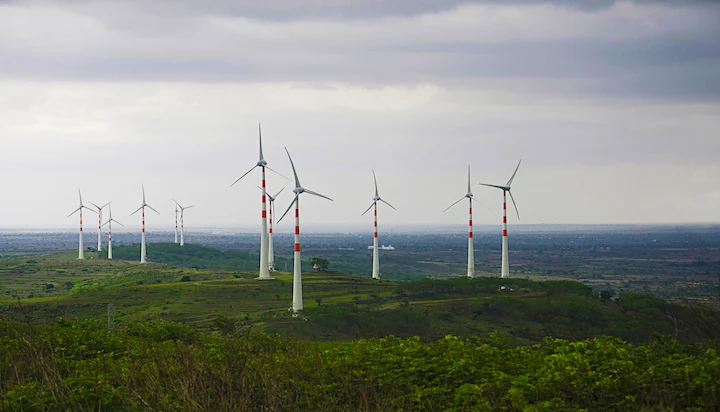India is exploring a hybrid model to leverage roof-top solar energy for cooking as part of an ambitious plan to reduce imports of costly fossil fuels, two government officials aware of the development said.
The plan, which is expected to be part of the Clean Cooking Mission, may also comprise in-house battery infrastructure for energy storage to provide uninterrupted electricity to around 250 million households, the people said, requesting anonymity.
The shift to solar energy as domestic cooking fuel is being explored by the power and petroleum, and natural gas ministries. A total of 5.7 gigawatts (GW) of solar roof-top projects have been set up in India so far, and 24 states and Union territories have identified cities to be developed as solar cities. The plan will also add heft to India’s green energy credentials and help create demand for a solar equipment manufacturing ecosystem for ingots, wafers, cells and modules.
Mint reported earlier about the government planning to tap electricity for cooking by promoting the shift to induction cooking by providing induction stoves to poor households in rural and urban areas. Any substitution of fuels for cooking and heating will improve India’s per capita power consumption.
Prime Minister Narendra Modi pledged at the COP26 summit in Glasgow in November to cut India’s total projected carbon emission by 1 billion tonnes by 2030, reduce the carbon intensity of the nation’s economy by less than 45% by the end of the decade and achieve net-zero carbon emissions by 2070. The commitment also includes meeting half of India’s energy needs from renewable energy by 2030 and increasing non-fossil fuel power generation capacity to 500GW by the end of this decade. The emission control commitments made by India at the COP26 summit are expected to benefit the country in the long-term with new technologies in energy efficiency, carbon reduction and green fuels, according to rating agency ICRA.
“Assurances given at COP26 stand to benefit the country; the tasks need a focused road map and calls for timely government interventions,” ICRA said in a note on Wednesday, adding “ambitious targets for COP26 open massive investment opportunities across segments like renewables, the EV ecosystem, ethanol blending, improvement in energy efficiencies and carbon capture technologies.”
Queries emailed to spokespeople of the ministries of power as well as petroleum and natural gas on Monday remained unanswered till press time.
The storage business is a crucial part of India’s energy transition. The government unveiled its ₹18,100 crore incentive scheme for developing a battery storage ecosystem, including setting up 55-GWh manufacturing capacity for advanced chemistry cell batteries. Reliance Industries has announced plans to build an advanced energy storage gigafactory.
India is also working on a raft of carbon emission and intensity reducing measures such as a waiver of ₹400 cess on every tonne of coal used by power projects meeting emission norms, a scheme tentatively named Roadmap for Sustainable and Holistic Approach through National Energy Efficiency, or Roshnee, and has made it mandatory for coal-fuelled projects to use at least 5% biomass pellets as part of fuel mix to generate electricity and help farmers earn about ₹15,000 crore annually.
India’s green energy economy has been attracting investor interest and received a foreign direct investment of $7.27 billion from 2014-15 until June 2021, according to the ministry of new and renewable energy (MNRE). Of this, $797.21 million was received during 2020-21.
Source: livemint.com









